Service Dog training is one of our specialties here at Valor K9 Academy – Boise. It takes a special dog to be a full-fledged, working Service Dog. A Service Dog is a dog that’s trained specifically to aid a person with a physical or mental disability. The tasks provide assistance and independence to the dog’s handler. Service dogs are different from Therapy Dogs and Emotional Support Dogs, although there are many similarities. Service dogs are invaluable working partners and companions.
The first and most important aspect of Service Dog training is: selection. When it comes to selecting a Service Dog candidate for training, we look for a number of traits. Five of those traits are:
1) Confidence
The dog must have bombproof confidence and be comfortable around new people, new places, new sights, new sounds, new surfaces and new animals. This does not mean the dog is fearless, as no dog is completely fearless, but it does mean the dog has the ability to bounce back quickly from anything that startles him. This Startle Response Rate is important and improves with age and training, as the dog is exposed to more things and begins to normalize the world around him. A finished Service Dog walks into a room like he owns it and is unbothered by anything. He is social with people (to include children) and other dogs of all sizes, as well as different animals, and displays zero aggression towards people and animals.
2) On/Off Switch
This ability to turn on and turn off (referred to as the On/Off Switch or the Off Switch) has a huge genetic component, and is also taught through training. The ideal Service Dog candidate has both a genetic propensity for it and then that ability is improved through training. We want a dog that can be working one minute and completely relaxed at your side the next minute. Having a dog who’s constantly on-the-go is no good for service work as much of that dog’s day will be spent resting and waiting. An anxious dog who doesn’t easily settle has no place doing service work.
3) Handling
A Service Dog must be comfortable with handling. He must be okay with having his whole body touched and petted, to include his eyes, ears, mouth, paws, flanks and tail. The dog cannot show any aggression or fear during handling, as there are many physical aspects to tasking (especially for Mobility Support Dogs) where the dog must embrace handling as part of the job. He must also be comfortable at the vet and with being handled by different people, in case the handler has an emergency and the dog needs to be under someone else’s care temporarily or the dog suffers an injury which requires medical treatment.
4) Motivation
A good Service Dog is highly motivated but not overly motivated to the point where it disrupts his training or On/Off Switch. High drive dogs often do not make good Service Dogs because there’s no such thing as “enough” and they always want to be working. A good Service Dog is motivated enough to do the job but not over-the-top. We use motivation (such as food, toys, praise and affection rewards) to train the dog, especially in obedience and tasking, but then we fade out the physical rewards like food and toys and use praise and affection. So the dog must be motivated by a number of non-physical rewards in order to make his job fun and rewarding even when the handler does not have food or toys on her. A dog who has medium to high motivation is typically an excellent Service Dog prospect, and we always look for dogs who are praise motivated and handler-oriented. What can be tricky, though, is finding a Service Dog who’s motivated but does not resource guard. Many motivated dogs do not like to share high value items like bones and toys (called resource guarding), but a Service Dog can not be aggressive whatsoever so finding a dog who fits the bill in both aspects can be challenging.
5) Health
A Service Dog will undergo 1-2 years of training to learn his job and be proficient at it, and after that he’ll have 5-10 working years ahead so health is paramount. A Service Dog should be pre-screened for hip and elbow dysplasia as well as heart and eye health and any congenital diseases via a DNA test. Large breed dogs who may be doing work like Mobility Support or Guide Dog work must have good health in order to do their jobs, so there is no room for joint disease or poor health. This can be a deal-breaker so pre-screening is a must. Unfortunately many dogs who are not carefully bred can be dysplastic as young as a year-old, so we recommend health checks prior to starting training for mature dogs and throughout the training process for puppies.
A Service Dog has an incredibly important job and must be able to meet our requirements above in order to be eligible for training with us. We do not offer Service Dog training to aggressive dogs or dogs with a bite history, and we will not do Service Dog training on an unhealthy dog who may suffer due to the physical demands of the tasks required of him. We are all about educating people and advocating for dogs! Service Dog training is our passion, and we work hard to set up everyone for success from start to finish in the training process!
For more information on picking a service dog puppy, check out our Puppy Selection Service. For service dog questions, please leave us a message via our website.
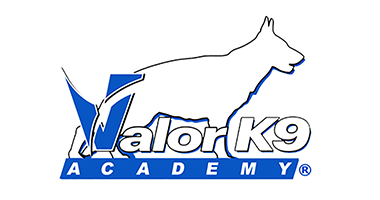
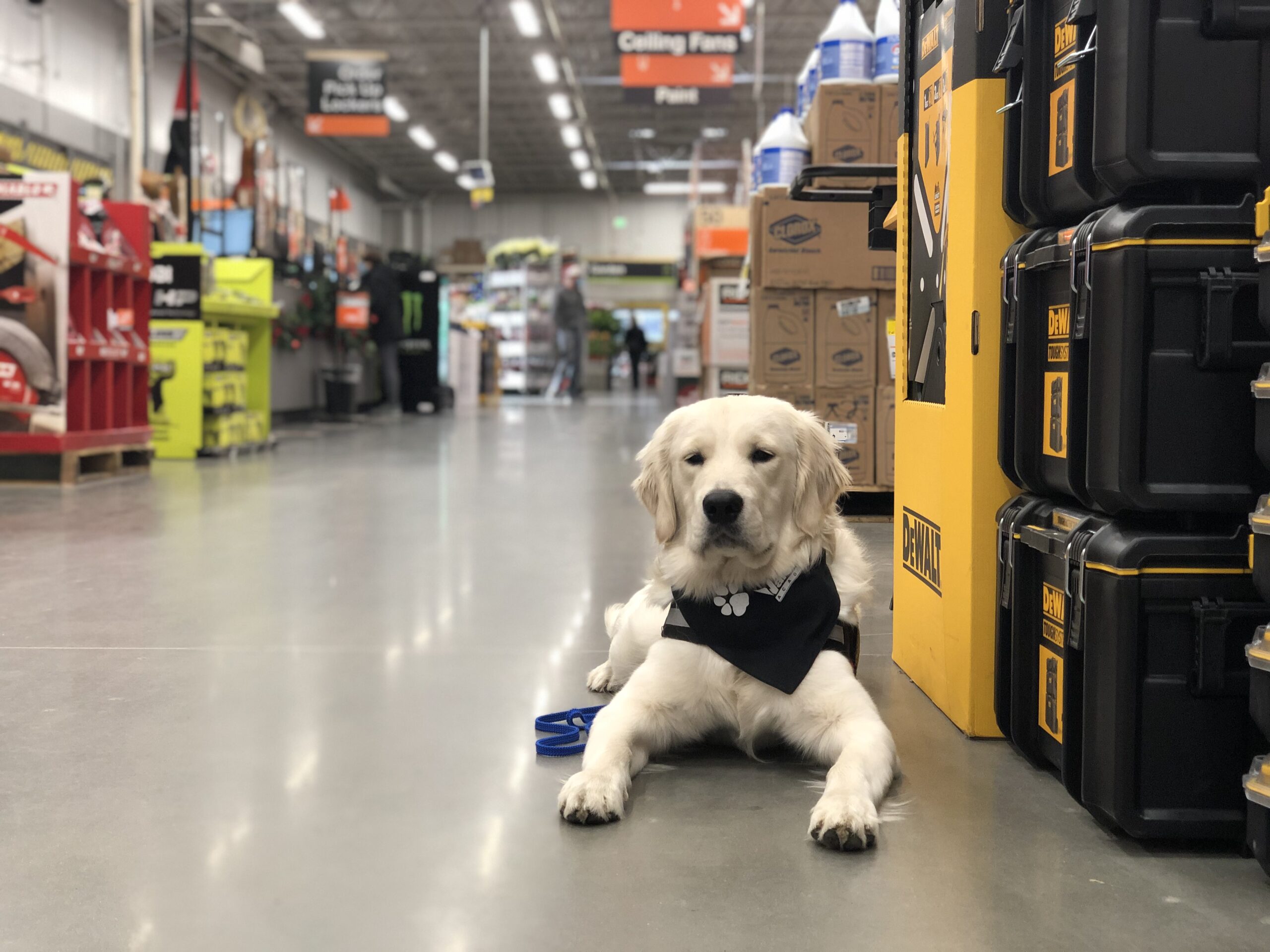
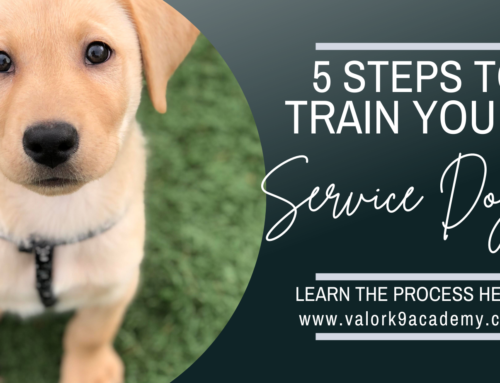

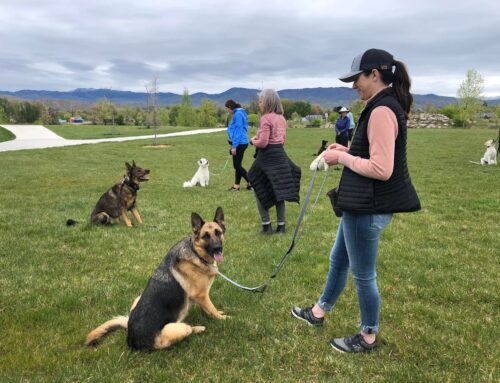
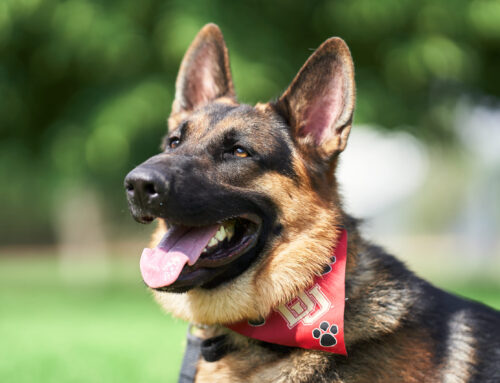
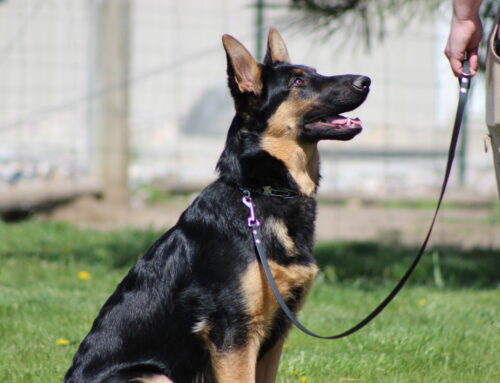
Leave A Comment